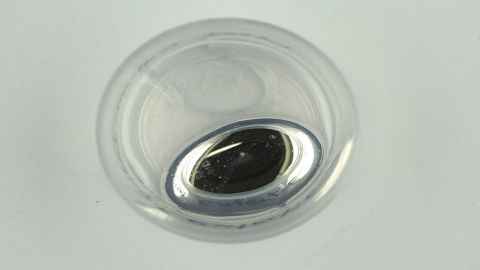Unlocking the secrets of the human heart, and making robots move more like us
8 November 2019
Researchers from the Auckland Bioengineering Institute who want to mimic physiology to make robots move more like us have received a significant boost in the latest round of Te Pūtea Rangahau a Marsden/Marsden funding.

So has a team of bioengineers who want to better understand of the mysteries of the human heart.
Dr Bryan Ruddy received $300,000 to develop a new kind of motor inspired by human physiology, and which could be used to power robots. He and his team will turn to three aspects of biological physiology for inspiration.
Firstly, they will use miniature motor units that will be layered in a way that mimics the structure of muscle fibres. They’ll also use fluid vessels to carry liquid metal “blood” that delivers energy. Finally, they will power the systems in ways that mimic the way our nerves send signals to muscles in movement.
High-performance electric motors might be ubiquitous, but “the core design principles have been essentially static for nearly 100 years — the induction motor used in the Tesla Model S would be instantly recognisable to Nikola Tesla, 130 years after he patented it,” says Dr Ruddy.
But with all their high power and efficiency, conventional electric motors are not well-suited to all applications, particularly those that are supposed to work with the human body.
“If we want robots to be useful — to augment human behavior or support us when our body fails us — they need to be capable of muscle-like performance. But today’s electric motors can’t match the force and agility offered by typical biological muscle, so we need a new approach.”
The core design principles have been essentially static for nearly 100 years — the induction motor used in the Tesla Model S would be instantly recognisable to Nikola Tesla, 130 years after he patented it.
Human physiology might be a source of inspiration for bioengineers but it’s incredibly complicated. Take, for instance, any human heart, or more specifically the muscular architecture of the heart and how this affects electrical and mechanical function in normal and diseased hearts.
This is the research focus of Professor Bruce Smaill, who was awarded $960,000 to get a better understanding of how networks in the heart affect its function.
As he explains, the human heart is activated by the electrical waves that sweep throughout it, triggering contractions sustained by a network of coronary blood vessels that supplies oxygen, glucose and other substrates to heart muscle.
“These critical functions are modulated by autonomic nerves that surround the heart but understanding their interaction and regulation is limited, because we can’t ‘see’ directly inside the heart wall,” says Professor Smaill.
Understanding the relationships between these networks (and how their disturbance can cause sudden death) requires large scale high-resolution imaging to characterise tissue structure throughout the heart, he says.
It also requires computational network models that can be used to interpret the effects of this structure on heart function.
He and his team have developed a novel imaging system that enables the 3D arrangement of muscle cells, blood vessels and nerves to be visualised in unprecedented detail, and across large regions of the heart.
This resolution, makes it possible to replace previous continuum models of cardiac mechanical and electrical function with network models in much greater detail. “As a result, we can now investigate aspects of heart performance as we haven’t yet been able to.”
Media contact
Margo White I Media adviser
DDI 09 923 5504
Mob 021 926 408
Email margo.white@auckland.ac.nz
Want to help us make a difference?
There are many ways you can make a difference and support the Auckland Bioengineering Institute - you can make a donation or bequest, or even subscribe to our newsletter.